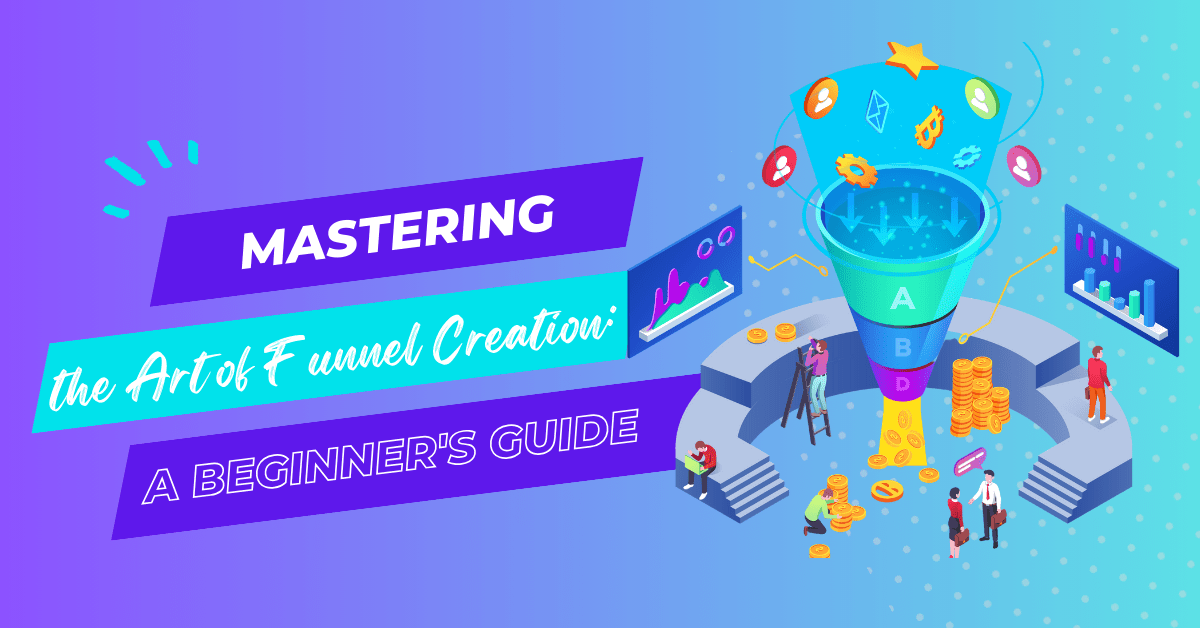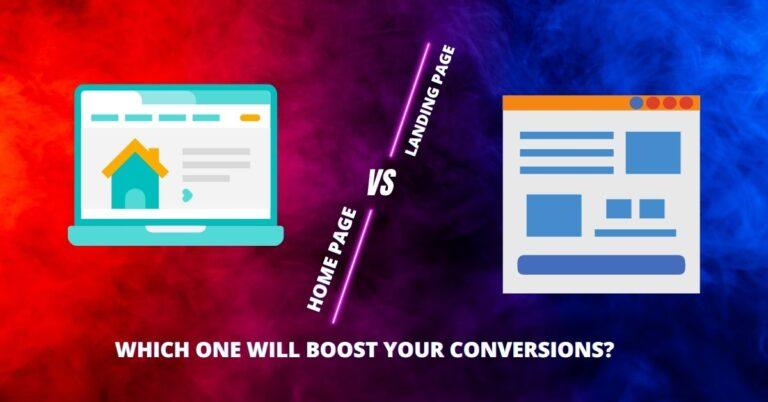Welcome to our beginner’s guide to mastering the art of funnel creation! In today’s competitive business landscape, creating effective sales funnels is crucial for generating leads, nurturing prospects, and converting them into paying customers. In this guide, we will demystify the process of funnel creation and provide you with actionable strategies to build your own high-converting funnel.
Understanding the Basics of Funnel Creation
Before diving into the details, let’s start with the fundamentals. A sales funnel is a visual representation of the customer journey, from initial awareness to final conversion. It consists of various stages that a potential customer goes through, such as awareness, consideration, conversion, and loyalty.
Key Components and Stages of a Sales Funnel
The first stage of the funnel is the awareness stage, where you need to attract the attention of your target audience and make them aware of your product or service. The consideration stage follows, where prospects evaluate potential solutions and compare offerings. The conversion stage is where a lead becomes a paying customer by making a purchase. Finally, the loyalty stage focuses on retaining and nurturing existing customers to generate repeat business and referrals.
The Fundamentals of Funnel Design
Now let’s dive into the key elements of a well-designed funnel.
Identifying Target Audience and Buyer Personas
Understanding your target audience is critical for creating a successful funnel. Identify your ideal customers and develop buyer personas, which are fictional representations of your typical customers. This will help you tailor your marketing messages and offers to resonate with your audience.
Crafting Compelling Offers and Lead Magnets
To entice prospects into your funnel, you need to offer something of value in exchange for their contact information. This could be an ebook, a webinar, a free trial, or any other lead magnet that solves a problem or provides valuable insights. Craft compelling offers that appeal to your target audience and compel them to take action.
Creating Landing Pages that Convert
Landing pages are the entry points to your funnel. They should be designed to capture leads and guide prospects towards the next stage. Optimize your landing pages with persuasive copy, compelling visuals, and clear call-to-action buttons to maximize conversions.
Building an Effective Email Marketing Strategy
Email marketing is a powerful tool for nurturing leads and guiding them through the funnel. Develop a strategic email marketing plan that delivers relevant content, personalized offers, and timely reminders to keep prospects engaged and move them towards conversion.
Optimizing Your Funnel for Maximum Conversions
Once you have your funnel up and running, it’s essential to continually optimize it to improve conversion rates.
A/B Testing and Conversion Rate Optimization
A/B testing involves creating different versions of your funnel elements, such as headlines, visuals, or call-to-action buttons, and testing them to see which performs better. Optimize your funnel based on data-driven insights to continuously improve conversion rates.
Analyzing Data and Metrics to Drive Improvement
Monitoring and analyzing key metrics, such as click-through rates, conversion rates, and cost per acquisition, will help you identify bottlenecks and areas for improvement. Leverage analytics tools to gain insights into customer behavior and optimize your funnel accordingly.
Implementing Retargeting Campaigns
Retargeting allows you to reach out to prospects who have shown interest in your offering but haven’t yet converted. By displaying targeted ads to these prospects, you can re-engage them and guide them back into your funnel, increasing the chances of conversion.
Advanced Techniques: Taking Your Funnel to the Next Level
Once you’ve mastered the basics, it’s time to take your funnel to the next level for even greater success.
Upselling and Cross-selling Strategies
Once a customer has made a purchase, upselling and cross-selling techniques can help increase their average order value. Offer complementary products or upgrades that enhance the initial purchase and provide customers with added value.
Automating Your Funnel with Marketing Automation Tools
Marketing automation tools can streamline and automate various aspects of your funnel, such as lead nurturing, email campaigns, and personalized messaging. Leverage these tools to save time, improve efficiency, and provide a personalized experience for your prospects.
Leveraging Social Proof and Testimonials
Social proof, such as customer testimonials, reviews, or endorsements, can significantly influence prospects’ purchasing decisions. Incorporate social proof into your funnel by showcasing positive feedback and experiences from satisfied customers, increasing trust and credibility.
Troubleshooting and Common Pitfalls
Even with a well-designed funnel, you may encounter challenges or pitfalls along the way.
Identifying and Fixing Bottlenecks in Your Funnel
Monitor your funnel closely and identify any roadblocks or bottlenecks that are impeding the flow of prospects. Tweak or optimize those areas to ensure a smooth and seamless journey through the funnel.
Overcoming Low Conversion Rates
If your funnel is experiencing low conversion rates, consider revisiting your offers, messaging, or targeting. Experiment with different approaches to find what resonates best with your audience and improves your conversion rates.
Addressing Cart Abandonment Issues
Cart abandonment is a common challenge for e-commerce businesses. Implement strategies like personalized follow-up emails, retargeting ads, or incentives to encourage customers to complete their purchase and reduce cart abandonment rates.
Scaling and Growing Your Funnel
As your business grows, scaling your funnel becomes crucial for sustainable growth.
Tracking and Optimizing Your Funnel’s ROI
Measure the return on investment (ROI) of your funnel by tracking key metrics. This will help you allocate resources effectively and focus on strategies that provide the highest ROI.
Expanding Your Funnel with New Marketing Channels
Explore new marketing channels, such as social media advertising, content marketing, or influencer partnerships, to expand your reach and attract new prospects to your funnel.
Building Relationships with Customers for Repeat Business
Focus on building strong customer relationships by delivering exceptional post-purchase experiences, personalized recommendations, and loyalty programs. Engaged and satisfied customers are more likely to become repeat buyers and brand advocates.
Conclusion
Creating a high-converting funnel may seem overwhelming at first, but by following these strategies and continually refining your approach, you’ll become a master of funnel creation. Don’t be afraid to experiment, test, and optimize to find what works best for your business. Start building your funnel today and unlock the potential for sustainable growth and success.
Thank you for reading! Share your experiences and questions in the comments below!




